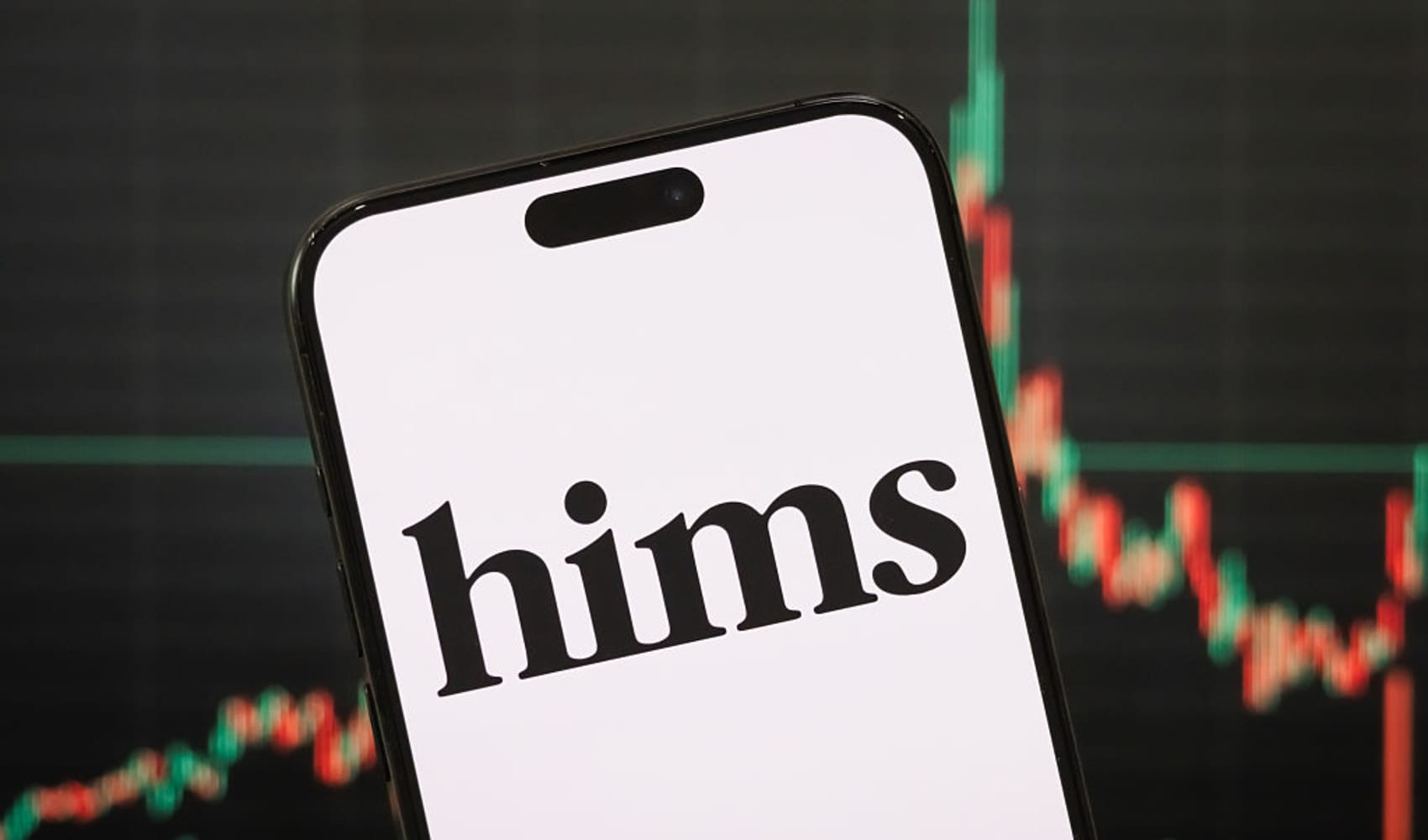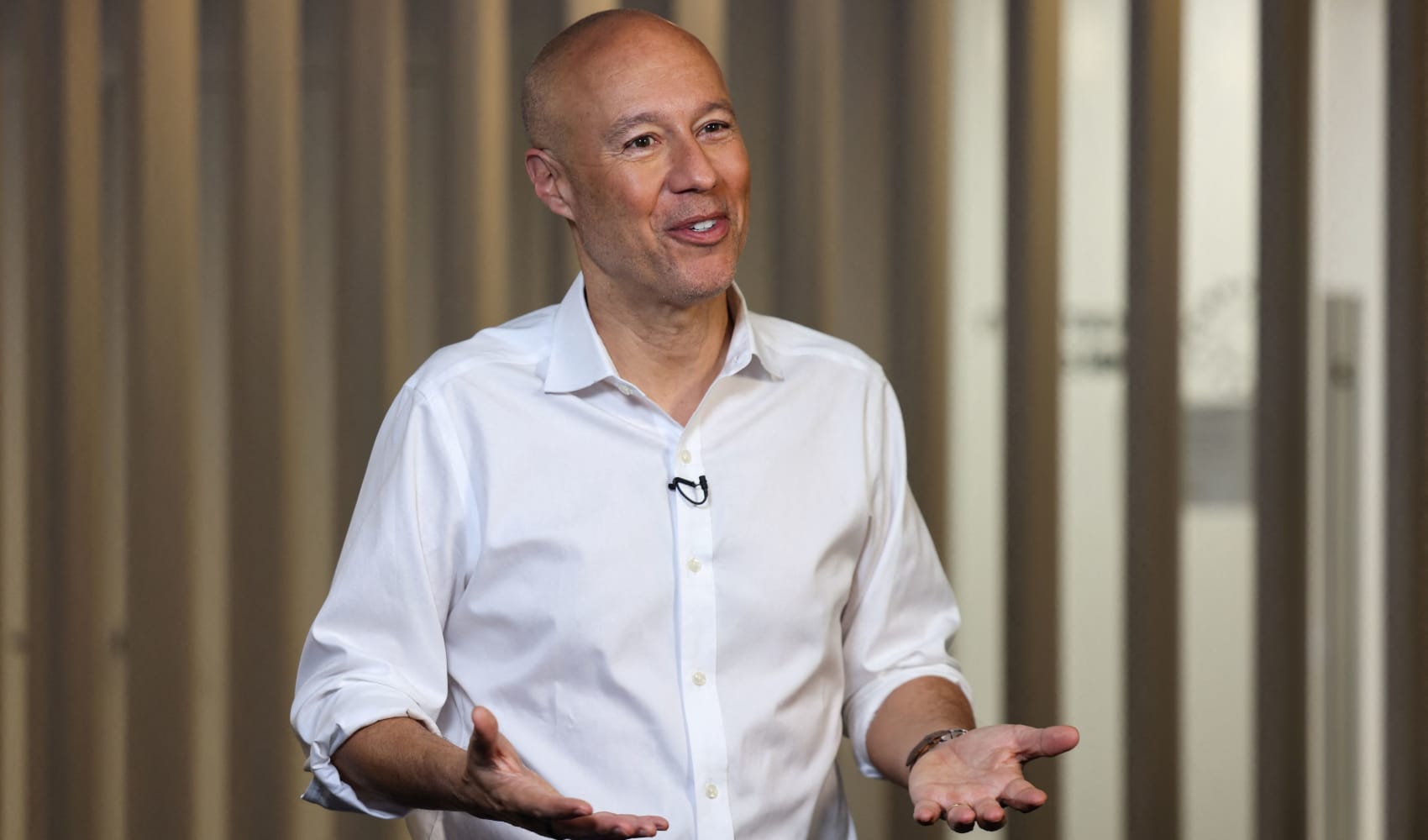Hims & Hers: Weak Outlook, Big Collaborations Coming?
Hims & Hers: Navigating the Soft Guidance with Collabs on the Horizon
Introduction: A Rollercoaster Ride for Hims & Hers Investors
Hold on tight, investors! It's been a bit of a rollercoaster for Hims & Hers lately. The company, known for its telehealth services and focus on personal care, has seen its shares fluctuate wildly. While the first-quarter earnings beat expectations, the guidance for the second quarter wasn't exactly music to investors' ears. But don't despair just yet! Hims & Hers is hinting at more collaborations, which could be just the shot in the arm the company needs. Let's dive into the details and see what's really going on.
First Quarter Triumph: Beating the Street
Hims & Hers actually had a pretty solid first quarter, exceeding analysts' estimates. Imagine exceeding expectations after facing so much uncertainty! The numbers speak for themselves:
- Earnings per share: 20 cents vs. 12 cents (expected)
- Revenue: $586 million vs. $538 million (expected)
These figures demonstrate that Hims & Hers knows how to turn lemons into lemonade. This performance shows that the company knows what its doing, right?
Second Quarter Wobbles: Guidance Falls Short
Now, for the part that sent shivers down investors' spines: the second-quarter guidance. Hims & Hers projects revenue between $530 million and $550 million, which is less than the $564.6 million Wall Street anticipated. That's a miss! Naturally, this softer outlook caused shares to dip in extended trading. It's like telling a kid they can have cake, and then taking a slice away. Not a good look.
The Wegovy Windfall: A Temporary Boost?
Remember that 20% surge in shares back in April? That was all thanks to Novo Nordisk, the makers of the popular weight loss drug Wegovy. They announced they would offer Wegovy through telehealth providers like Hims & Hers. This was a major win for the company, opening up a new revenue stream and attracting attention. But can this last? How sustainable is this particular arrangement?
The Wegovy Effect: Weighing the Positives and Negatives
The Wegovy collaboration brought a significant boost, but it's crucial to consider both the upside and the potential downside. It's a fantastic opportunity to attract new customers, but relying too heavily on a single drug could make Hims & Hers vulnerable if, say, Novo Nordisk decided to change its strategy.
Decoding the Soft Guidance: What's Really Happening?
Why the weaker-than-expected guidance? Several factors could be at play. Perhaps the initial Wegovy rush is slowing down. Maybe there's increased competition in the telehealth space. Or perhaps Hims & Hers is being conservative in its projections, preferring to under-promise and over-deliver. As with any investment, it’s a matter of due diligence and trust. Whatever the reason, it's important for investors to understand the underlying dynamics driving the numbers.
The Collaboration Promise: A Ray of Hope
Here's the silver lining: Hims & Hers is hinting at more collaborations on the horizon. This suggests the company is actively seeking new partnerships to expand its offerings and reach a wider audience. Think of it as diversifying your portfolio – the more partnerships, the less reliant you are on any single product or service.
Strategic Partnerships: The Key to Future Growth?
These potential collaborations could be in various areas, from new treatments to innovative technologies. If Hims & Hers can forge strong partnerships with other players in the healthcare and wellness space, it could significantly boost its long-term growth prospects. It's a lot like building a strong foundation for a house. This allows the company to take on more customers and expand its audience.
The Competitive Landscape: Staying Ahead of the Curve
The telehealth market is booming, but it's also getting crowded. Hims & Hers faces competition from established players like Teladoc Health and newer startups vying for market share. To stay ahead, the company needs to differentiate itself through innovation, strategic partnerships, and a strong brand identity. It’s like running a race - you have to constantly push yourself to stay ahead of the competition.
Marketing and Branding: The Hims & Hers Edge
One area where Hims & Hers excels is marketing and branding. The company has built a strong brand identity that resonates with its target audience. Their clever marketing campaigns and social media presence help them stand out from the crowd and attract new customers. A good marketing strategy is like baiting a hook to attract fish.
Customer Experience: The Foundation of Loyalty
In the world of telehealth, customer experience is paramount. Hims & Hers has invested heavily in creating a seamless and user-friendly platform that makes it easy for customers to access the care they need. A positive customer experience leads to loyalty, repeat business, and positive word-of-mouth, all of which are essential for long-term success. This is like making sure guests feel welcome and comfortable in your home.
Financial Health: A Deeper Dive into the Numbers
Beyond the headline numbers, it's important to dig deeper into Hims & Hers' financial health. Look at their cash flow, debt levels, and profitability margins. A strong balance sheet provides the company with the financial flexibility to invest in growth initiatives and weather any potential storms. It’s like having a healthy savings account – it gives you peace of mind and allows you to pursue new opportunities.
The Future of Telehealth: Hims & Hers' Role
Telehealth is undoubtedly the future of healthcare, offering convenience, accessibility, and affordability. Hims & Hers is well-positioned to capitalize on this trend, but it needs to continue innovating and adapting to the evolving needs of its customers. The company must remain proactive in adapting to the dynamic telehealth industry to be the best. It's like surfing a wave - you have to anticipate the changes and adjust your course accordingly.
The Investor Perspective: Weighing the Risks and Rewards
Investing in any company involves risks, and Hims & Hers is no exception. The weaker-than-expected guidance is a cause for concern, but the company's strong first-quarter performance, potential collaborations, and strong brand identity offer reasons for optimism. Investors need to carefully weigh the risks and rewards before making a decision.
Navigating Volatility: A Long-Term Vision
The stock market can be volatile, and Hims & Hers shares are likely to experience further fluctuations in the short term. However, investors with a long-term vision and a strong belief in the company's potential may see this as an opportunity to buy the dip. It's like weathering a storm - you need to stay calm, stay focused, and ride it out.
Conclusion: The Path Forward for Hims & Hers
So, what's the takeaway? Hims & Hers is a company with both challenges and opportunities. The soft guidance is a red flag, but the potential collaborations and strong brand offer hope for the future. Investors should carefully analyze the company's financials, competitive landscape, and long-term strategy before making any decisions. Ultimately, the success of Hims & Hers will depend on its ability to innovate, adapt, and deliver value to its customers. The company has shown that it can exceed expectations, but it will need to continually learn and evolve as the market changes. Keep your eye on this one!
Frequently Asked Questions
- Why did Hims & Hers shares fall after the first-quarter earnings report?
Although Hims & Hers beat earnings expectations for the first quarter, the company's guidance for the second quarter was lower than analysts' estimates, causing investor concern.
- What is Wegovy, and why is it important for Hims & Hers?
Wegovy is a weight loss drug produced by Novo Nordisk. The partnership between Novo Nordisk and Hims & Hers to offer Wegovy through telehealth platforms significantly boosted Hims & Hers' revenue and stock price due to increased customer acquisition.
- What are the potential benefits of Hims & Hers pursuing more collaborations?
More collaborations allow Hims & Hers to diversify its offerings, reach a wider audience, reduce reliance on any single product, and potentially introduce innovative treatments and technologies, thus strengthening long-term growth.
- How does Hims & Hers differentiate itself from other telehealth companies?
Hims & Hers distinguishes itself through strong marketing and branding efforts, focusing on creating a seamless and user-friendly customer experience, and by building strategic partnerships to offer a wider range of services.
- What should investors consider before investing in Hims & Hers?
Investors should carefully analyze the company's financials (cash flow, debt levels, profitability margins), competitive landscape, long-term strategy, and potential risks and rewards, including the impact of weaker-than-expected guidance and reliance on specific partnerships.

